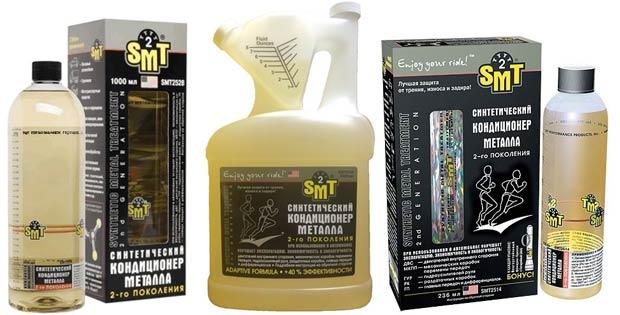
Additive SMT2. Instructions and reviews
How does the SMT2 additive work?
The SMT2 additive is produced by the American company Hi-Gear, a well-known manufacturer of auto chemicals. This additive replaced the previously sold SMT composition.
According to the principle of operation, SMT2 belongs to the so-called metal conditioners. That is, it does not act as a modifier of the working properties of engine oil, but performs the function of a separate, independent and self-sufficient component. Oils and other working fluids in the case of all metal conditioners play only the role of a carrier of active compounds.
Metal Conditioner SMT2 consists of natural minerals modified and activated by a special technology and artificial additives that enhance the effect. Additives improve the adhesion of components on the metal surface and accelerate the formation of a protective film.
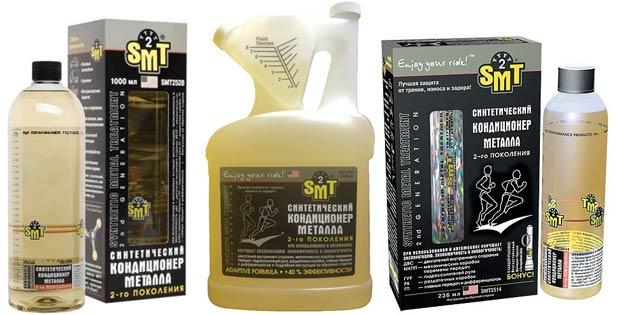

The metal conditioner works relatively simply. After being added to the oil, the additive creates a protective film on loaded metal surfaces. A feature of this film is its abnormally low coefficient of friction, load resistance and porosity. Oil is retained in the pores, which has a positive effect on the lubrication of rubbing surfaces in conditions of lubrication depletion. In addition, the porous structure determines the possibility of deformation of the protective layer with its excessive thickness. For example, if the coating formed by the additive becomes redundant during thermal expansion, it will simply deform or be removed. Jamming of the moving pair will not occur.
The SMT2 additive has the following beneficial effects:
- prolongs the life of the motor;
- increases and equalizes compression in the cylinders;
- reduces the noise of the engine (including removes the knock of hydraulic lifters);
- improves the dynamic performance of the engine (power and throttle response);
- helps to reduce fuel consumption;
- prolongs oil life.
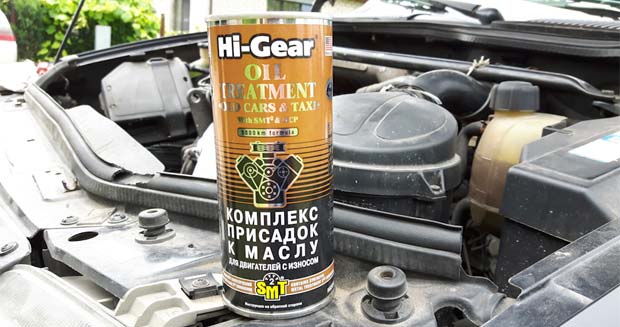

All these effects are individual and often not as pronounced as the manufacturer promises. It should be understood that today any product has a marketing component.
Instructions for use
Additive SMT2 is poured into fresh oil or added to grease or fuel immediately before use. In the case of engine or transmission oil, as well as power steering fluids, the additive can be poured directly into the unit. Greases and two-stroke oils require pre-mixing.
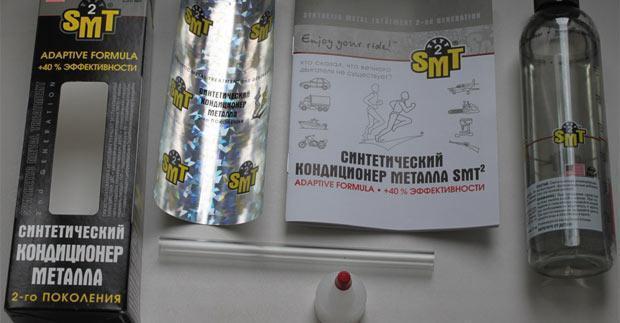

The proportions for each unit are different.
- Engine. During the first treatment, it is recommended to add an additive to engine oil at the rate of 60 ml per 1 liter of oil. At subsequent oil changes, the portion of the additive must be reduced by 2 times, that is, up to 30 ml per 1 liter of oil. This is due to the fact that once created a protective layer lasts for quite a long time. But a small amount of the additive is still needed for local restoration of the exfoliated film.
- Manual transmission and other transmission components. At each oil change, add 50 ml of SMT-2 to 1 liter of lubricant. In automatic transmissions, CVTs and DSG boxes - 1,5 ml per 1 liter. Not recommended for use in final drives, especially hypoid ones with high contact loads.
- Hydraulic power steering. In power steering, the proportion is the same as for transmission units - 50 ml per 1 liter of liquid.
- Two stroke motors. For two-stroke engines with crank purge (almost all hand tools and low-power park and garden equipment) - 30 ml per 1 liter of two-stroke oil. The proportion of oil in relation to fuel should be selected based on the recommendations of the manufacturer of the equipment.
- Fuel for four-stroke internal combustion engines. The proportion is 20 ml of additive per 100 liters of fuel.
- Bearing units. For bearing greases, the recommended ratio of additive to grease is 3 to 100. That is, only 100 grams of additive should be added per 3 grams of grease.
Increasing the concentration, as a rule, will not give an additional effect. On the contrary, it can lead to negative consequences, such as overheating of the assembly and the appearance of sediment in the carrier.
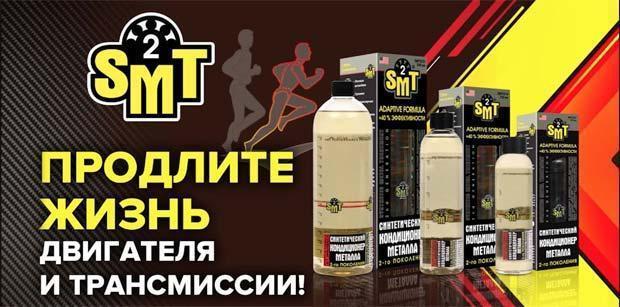

Reviews
The SMT-2 additive is one of the few on the Russian market, about which, if we analyze the World Wide Web, there are more positive or neutral-positive reviews than negative ones. There are several other formulations (such as ER additive or "energy liberator" as it is sometimes called) that have a similar reputation.
Motorists to some extent note the following positive changes in engine operation after the first treatment:
- a noticeable reduction in engine noise, its softer operation;
- reduction of vibration feedback from the engine at idle;
- increased compression in the cylinders, sometimes by several units;
- small, subjective reduction in fuel consumption, in general about 5%;
- reduced smoke and reduced oil consumption;
- increase in engine dynamics;
- easier start in cold weather.
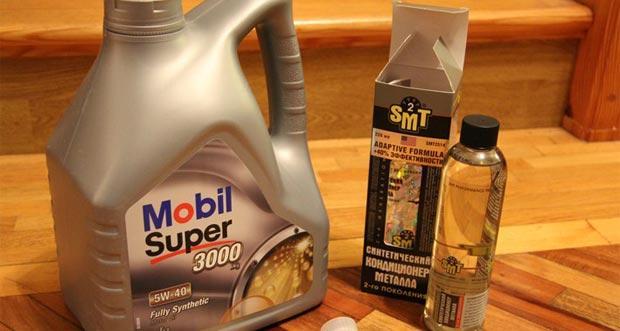

In negative reviews, they often talk about the complete uselessness of the composition or minimal effects, so insignificant that it makes no sense to buy this additive. It is a logical disappointment for car owners whose engines have damage that cannot be restored with the help of an additive. For example, it makes no sense to pour SMT into a “killed” engine that eats two liters of oil per 1000 km, or which has mechanical defects. A chipped piston, scuffs on cylinders, rings worn to the limit, or a burned-out valve will not be restored by the additive.


Watch this video on YouTube


One comment
Alexander P.
SMT-2 does not create any film, and iron ions penetrate 14 angstroms into the working surface of parts (metal). A dense surface and a microsection are created. Which leads to a decrease in friction by several times. It cannot be used in gearboxes with increased friction, since friction will disappear, but in ordinary ones it is possible and necessary. Especially in the hypoids. The reduction in friction results in a decrease in oil temperature. The oil film does not tear and there is no local dry friction (point). Saves the internal combustion engine and gearbox.